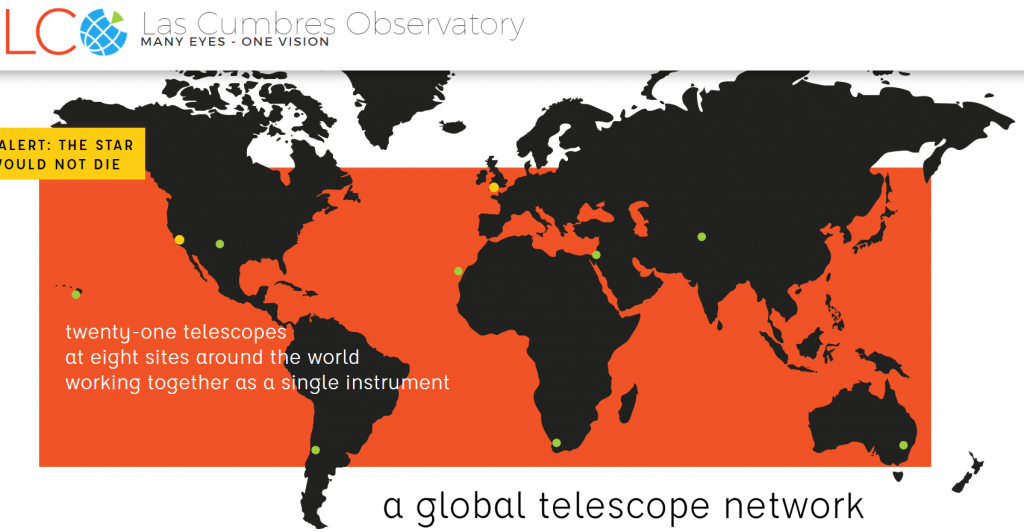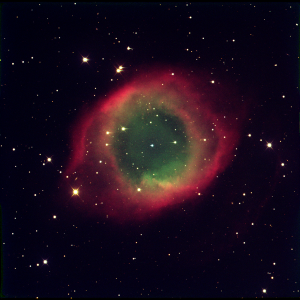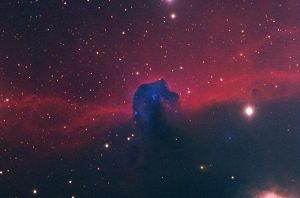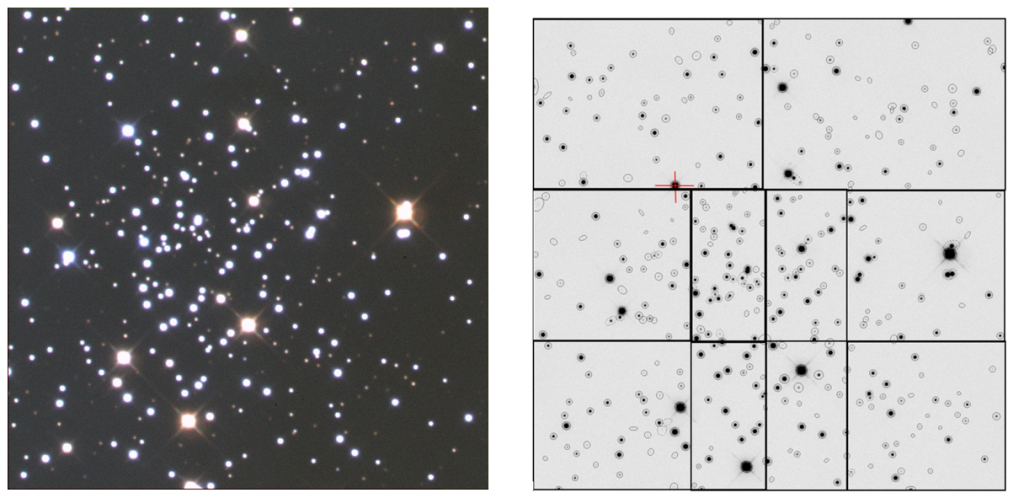Access to a Global Telescope Network
Over the past several years, I have been running Co-Curricular collaborative experiences for students doing real hands on Astronomy. I have done this at my last two schools, first Arndell Anglican College, and now at St Andrew’s Cathedral School. I have done this through the ‘Our Solar Siblings’ program. Michael Fitzgerald has been the Astronomer I have worked with and received support from in having students from Years 7-12 being able to do real astronomy. The resourcing and curriculum materials from ‘Our Solar Siblings’ is extremely detailed and professional and the access to the Las Cumbres Observatory global telescope network (LCO) featuring 21 research telescopes at eight sites around the world!
This is amazing that school students have access to research grade equipment and resources that professional astronomers use! This is an example of the transformational and redefining use of technology allowing students to do something that otherwise could not be done. Access to this allows students to routinely book viewing time to then do work like professional astronomers do.
Amazing Student Images
An example of this is requesting the telescopes take three monochromatic (black and white) images through red, visual (green), and blue filters to then process and stack to get a colour image. Two spectacular images resulting from this are shown below.
Helix Planetary Nebula (NGC-7293). By year 7 and 9 Students, Arndell Anglican College, Oakville.
Horsehead Nebula By year 10 & 11 students, St Andrew’s Cathedral School, Sydney.
At my current school the above image is where we have progressed to at present and we are about to move to the next level of astronomical investigation where I had the group get up to at Arndell Anglican College, that is, determining the distances to Open Star Clusters.
Students Contributing to Scientific Literature
The skills the students learn in attaining the images above allows them to take it further in imaging Open Star Clusters and perform photometry to determine the distance to chosen clusters. An image below (left) is an example done by year 10 and 11 students at my previous school where, along with combining red, green, and blue images, infra-red, and ultra-violet where also used. The inverted image on the right is of the same cluster segmented into ten sections of similar star numbers for ten students to analyse the light colour and magnitude of sample stars.
Students then perform ‘Photometry’ upon this star cluster to determine its distance, exactly as professional astronomers do. This is what students at my current school will be working towards during the remainder of this year and into next year. We will first start with determining the distance to a well-known cluster, such as NGC2420 above and eventually move to imaging and determining the distance to lesser-known clusters. The aim here is to have students contribute to the scientific literature and if they take if far, enough to even contribute to and be co-authors in scientific peer reviewed journals!
Another task I will be looking to have students undertake is to use the LCO network to take astronomical images to then measure the Hubble constant and therefore the expansion of the universe.
I am currently having students build a website and blog as part of their learning through this program and to share it on various social media platforms.
I cannot wait to see where this journey of astronomical discovery with students takes me and how far the students take it. What is certain is having student access to such amazing technology and materials engages them in a way that cannot be done otherwise.
For more information and images related to this visit my website http://bradjmurphy.com/our-solar-siblings/images/





Awesome work Brad, it was great fun and quite inspiring to be part of one of your solar siblings groups back in 2016, and it’s fantastic to see you’re keeping up the work on astronomy at your new school.
Thanks Caleb very much. It was great having you as part of it! Hope you are doing well.